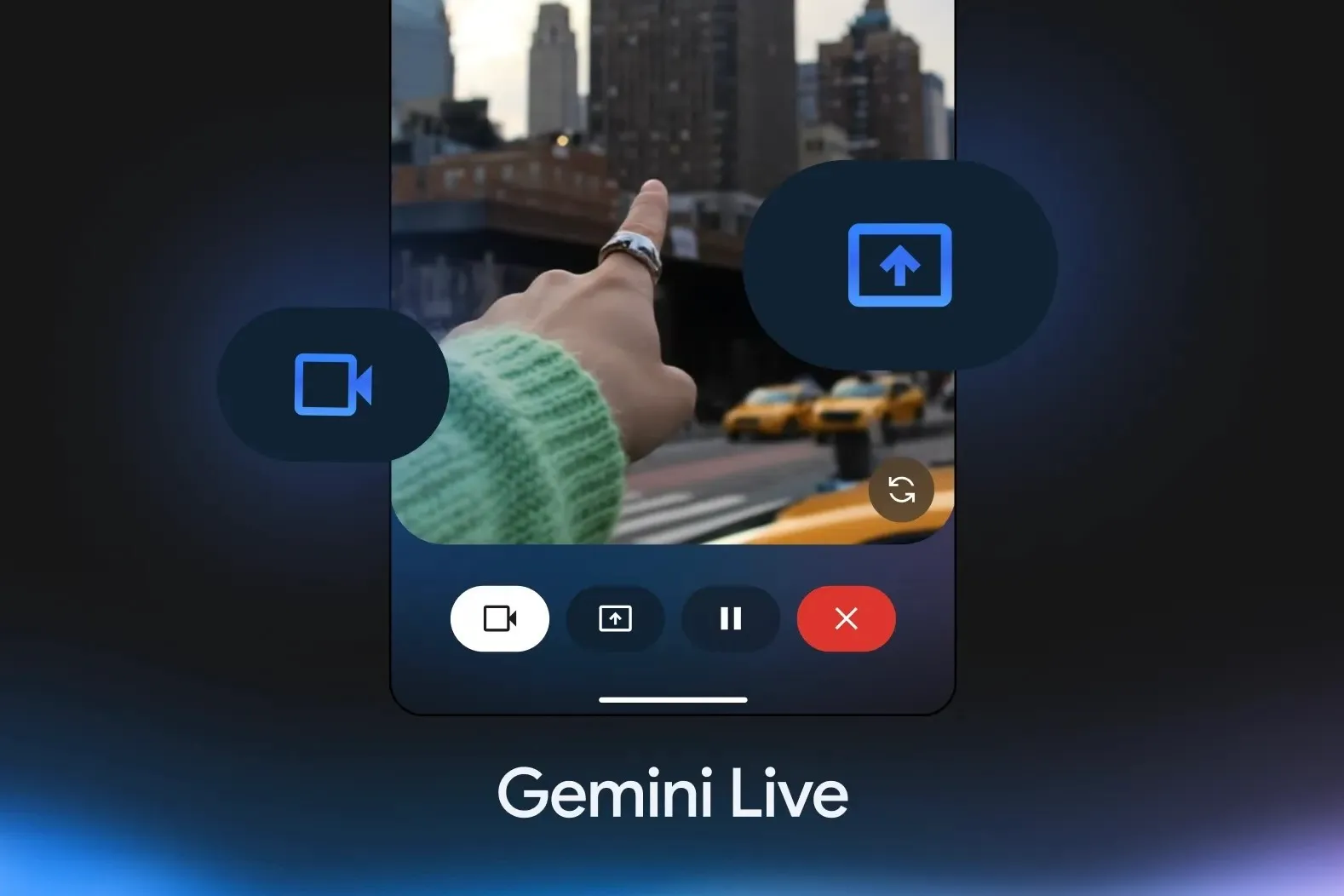Apple has officially set the date for its Worldwide Developers Conference keynote: June 9, 2025, at 10 a.m. PT. As always, the presentation—led by CEO Tim Cook at Apple Park—is expected to lay out the company’s software roadmap for the coming year. While product hardware announcements at WWDC are rare, the event often includes glimpses into the tools and technologies that will shape Apple’s broader strategy across its platforms.
This year’s keynote will likely focus on iOS 19, iPadOS 19, macOS 16, watchOS 12, and updates to tvOS and AirPods. There’s also speculation around how Apple will address the underwhelming rollout of its AI initiative, Apple Intelligence, which debuted at last year’s WWDC but failed to deliver many of the features initially promised.
iOS 19: Design Tweaks and Smarter Widgets
iOS 19 is expected to feature UI refinements, including a redesigned Camera app and more interactive widgets. One of the more talked-about potential changes is a revamped home screen that echoes the spatial layout of visionOS, Apple’s operating system for the Vision Pro. While that headset’s commercial momentum has been modest, Apple appears committed to integrating its design language across devices.
Communication features are also on the table. These may include end-to-end encryption for RCS messaging and the ability to sync Wi-Fi logins across devices—both quality-of-life improvements aimed at smoothing Apple’s ecosystem experience.
iPadOS 19: Closer to a Desktop Experience
Apple’s messaging around iPadOS 19 will be particularly important. With iPad hardware increasingly capable—especially the latest iPad Pro models—users continue to expect more from the software. This year’s update may move iPadOS further in the direction of macOS functionality, potentially enabling more window flexibility and interface customization that aligns with desktop workflows.
Apple faces a balancing act here: it needs to appeal to users who want a full-fledged productivity device while not alienating longtime iPad fans who favor the tablet’s simplicity.
macOS 16: A Redesign and (Maybe) Touch Input
macOS 16 is expected to deliver a significant redesign, once again drawing inspiration from the Vision Pro’s interface. While it’s unclear how a gesture- or gaze-based UI would translate to Mac, Apple is likely to emphasize visual consistency across platforms.
There’s also ongoing speculation that macOS could finally become more touch-friendly. This would align with the trend toward convergence between iPadOS and macOS and could set the stage for future Mac hardware with touchscreens. Additional features might include enhanced Wi-Fi controls, new battery management tools, and even some form of Gemini or third-party AI integration.
watchOS 12: Health Features and AI Assistance
Apple Watch may receive meaningful upgrades with watchOS 12, including support for blood pressure monitoring—something wearables have long pursued but struggled to deliver reliably. Apple may also introduce an AI-powered health coach, though expectations are modest regarding how advanced this feature will be in its first iteration.
Basic Apple Intelligence features from iOS may be extended to watchOS, allowing for smarter on-wrist controls. However, a major AI leap for the Apple Watch appears unlikely this year.
tvOS and AirPods: Smarter Suggestions and Live Translation
tvOS could see more natural voice interaction, with users able to request content without needing exact titles—similar to what competing streaming platforms offer through AI-enhanced search. For AirPods, live language translation and a more conversational Siri are rumored, though much depends on how far Apple pushes Apple Intelligence capabilities within its audio ecosystem.
There’s also hope among enthusiasts for broader support of Bluetooth LE Audio and Auracast, which would improve wireless sound quality and accessibility features, particularly for AirPods Pro.
Will There Be “One More Thing”?
WWDC is primarily about software, but hardware surprises aren’t out of the question. Past conferences have featured Mac hardware reveals and early previews of emerging platforms like Vision Pro. This year, possibilities include updated Mac models, a lower-cost version of the Vision Pro, or even a teaser for Apple’s long-rumored foldable iPhone or the ultra-thin iPhone 17 Air.
While those are far from confirmed, Apple may be inclined to deliver a headline-grabbing reveal, especially following a year of mixed reception to its AI initiatives and tepid momentum in emerging product categories.





